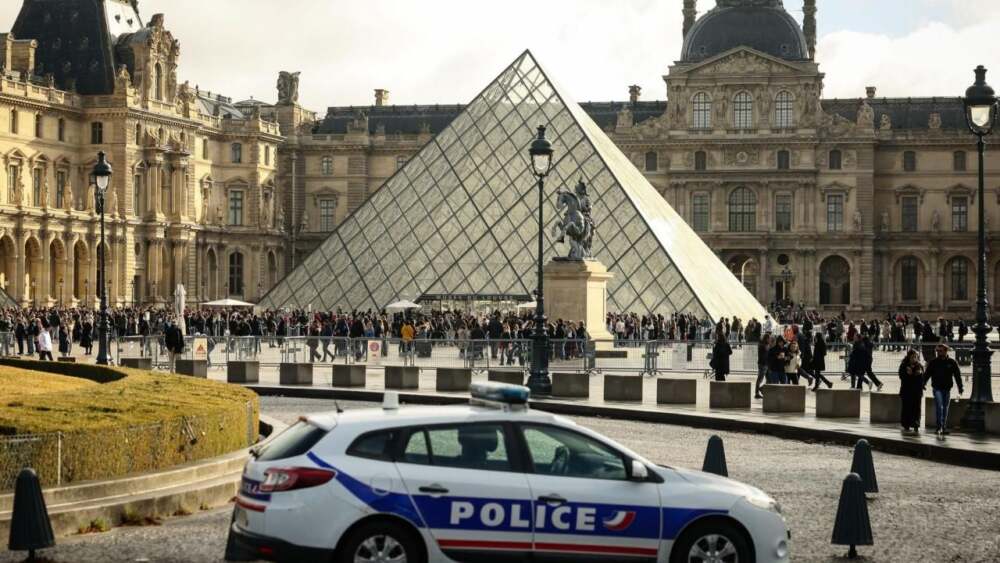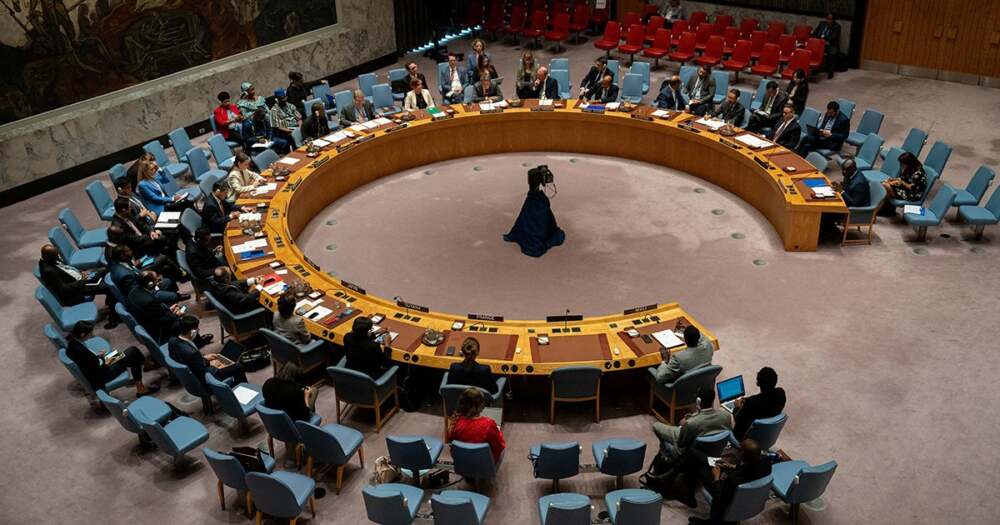In one of the most audacious thefts in recent memory, French authorities have intensified their investigation into the high-profile robbery of crown jewels from the Louvre Museum, making several additional arrests in a bid to unravel the full scope of the crime. The heist, which stunned both France and the international community, has prompted urgent questions about museum security, organized crime networks, and the fate of priceless cultural artifacts.
The Heist That Shocked the World
On the morning of October 19, 2025, a group of masked thieves executed a meticulously planned robbery inside the Louvre’s Apollo Gallery, home to some of France’s most treasured crown jewels. The robbers used a furniture truck equipped with a hydraulic lift to access a balcony, then entered through an unsecured window. Within minutes, they had stolen eight pieces of the French crown jewels, valued at approximately €88 million, before escaping on scooters. The audacity and precision of the operation left authorities and the public alike astonished.
The stolen items are not only of immense monetary value but also carry deep historical and cultural significance. These jewels, many of which were worn by French monarchs, represent centuries of national heritage, making their theft a symbolic as well as a financial blow.
Investigation and Arrests
French investigators have now apprehended a total of seven suspects in connection with the heist. Five additional arrests were made recently, including a suspect identified through DNA evidence collected at the scene. Earlier, two men in their 30s had already been taken into custody and reportedly partially admitted to their involvement.
Authorities believe that the heist was carried out by a highly organized group, potentially linked to international criminal networks specializing in art and cultural artifact trafficking. While the arrests represent significant progress, the stolen jewels remain unrecovered, and investigators continue to piece together the sequence of events and identify other individuals who may have facilitated the theft.
Security Concerns at the Louvre
The heist has raised serious concerns about security at one of the world’s most visited museums. The fact that the thieves were able to breach the museum’s defenses so swiftly has prompted a nationwide review of security protocols at cultural institutions. Experts note that while museums often employ advanced surveillance systems, physical vulnerabilities such as unsecured windows or predictable security routines can be exploited by well-prepared criminals.
In response, Louvre officials have pledged to implement stricter measures, including enhanced perimeter controls, improved surveillance technology, and closer monitoring of visitor access to sensitive areas. The goal is to prevent a repeat of such a high-profile breach and restore public confidence in the museum’s ability to safeguard its collections.
International Implications
The theft has reverberated far beyond France, drawing international attention to the illicit trade in cultural artifacts. Investigators fear that the stolen jewels may have already been moved across borders, possibly disassembled for sale on the black market. Interpol and other international agencies are reportedly involved in tracking potential leads and preventing the jewels from entering illegal channels.
Experts warn that recovering the items will be challenging, especially if they have been broken down into smaller components or hidden in private collections. The investigation is expected to continue for months, with authorities seeking cooperation from international law enforcement agencies and private collectors.
Legal Consequences
The arrested suspects face serious charges, including organized theft and criminal conspiracy. In France, these offenses carry significant prison sentences, reflecting the gravity of the crime and its impact on national heritage. Prosecutors are working to determine whether the suspects acted alone or as part of a broader criminal organization, which could lead to additional arrests in the coming weeks.
Cultural Impact
Beyond the legal and security dimensions, the heist has deeply affected France’s cultural community. The stolen crown jewels are irreplaceable symbols of the country’s history, and their absence is a profound loss. Museum curators, historians, and citizens alike have expressed outrage and concern, emphasizing the need to protect cultural treasures from criminal exploitation.
Next Steps in the Investigation
Investigators are now focused on tracing the stolen jewels, identifying all parties involved, and understanding how the heist was coordinated. Specialized units are examining surveillance footage, forensic evidence, and communications records to reconstruct the events leading up to the theft. Authorities are also exploring potential international trafficking routes to recover the jewels before they are sold or moved abroad.
For the Louvre and France, the stakes are high. The recovery of these treasures is not only a matter of justice but also a symbolic effort to preserve national identity and cultural heritage. While the recent arrests mark a critical step forward, the path to full resolution remains uncertain, and the world is watching closely.
Conclusion
The Louvre crown jewels heist stands as a stark reminder of the vulnerability of even the most secure cultural institutions. While the arrests of several suspects represent a breakthrough in the investigation, the missing jewels and the possibility of a wider criminal network underscore the complexity of the case. For France, the challenge now is twofold: recover its priceless treasures and ensure that the nation’s cultural legacy is protected against future threats.
















Leave a Reply